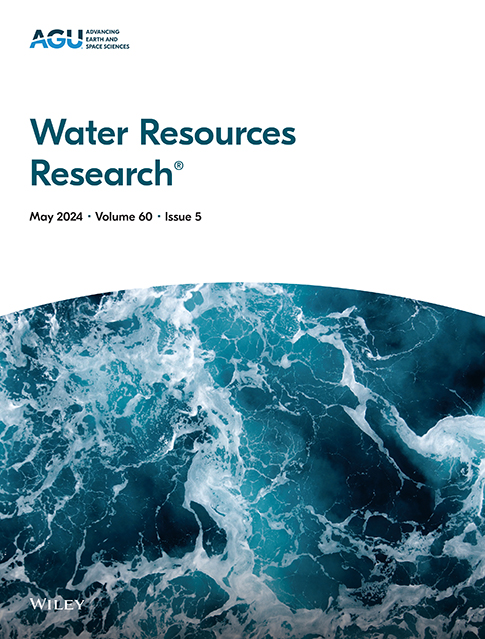气候变化下长江上游高原鱼类物种丰富度下降的主要原因是河网连通性降低
IF 5
1区 地球科学
Q2 ENVIRONMENTAL SCIENCES
引用次数: 0
摘要
人为气候变化和河网连通性中断是影响淡水鱼丰富度的主要因素。然而,在气候变化和水电开发导致的河流连通性降低的综合影响下,该参数的分布格局尚不清楚。在此,我们预测了青藏高原及其周边地区最具优势和经济意义的鱼类——裂胸科鱼类丰富度的变化。利用叠置物种分布模型和预测方法,模拟了气候变化和连通性影响下长江上游20个物种的分布范围变化。结果表明,河流连通性降低主导了裂胸科鱼类丰富度的变化和损失。高质量的鱼类栖息地更容易受到连通性减少的影响。虽然大坝建设导致的连通性降低与流域源区鱼类丰富度的小幅增加有关,但它是未来气候变化情景下鱼类丰富度普遍下降的主要原因。在2050年代和2090年代两种共享经济路径情景下,预测未来气候变化将增强上游流域中高纬度地区河流连通性变化对鱼类栖息地的积极影响,而在其他地区则会加剧其负面影响。我们的研究强调了气候变化背景下河流连通性在影响淡水鱼丰富度方面的主导作用,从而强调了连通性恢复在全球淡水生物多样性保护和水资源管理中的重要性。本文章由计算机程序翻译,如有差异,请以英文原文为准。
River Network Connectivity Reductions Dominate Declines in the Richness of Plateau Fish Species Under Climate Change in the Upper Yangtze River Basin
Anthropogenic climate change and disrupted river network connectivity are major factors affecting freshwater fish richness. However, the distribution patterns of this parameter under the combined influence of climate change and reduced river connectivity resulting from hydroelectric development remain unclear. Here, we projected shifts in the richness of Schizothoracinae fish species, the most dominant and economically significant type of fish on and around the Qinghai-Tibet Plateau. Stacked species distribution modeling and predictions were explored to simulate the range shifts of 20 species in the upper Yangtze River Basin under the impacts of connectivity and climate changes. The results revealed that river connectivity reduction dominated the richness shifts and loss in Schizothoracinae fish species. Higher-quality fish habitats are more susceptible to the impacts of connectivity reduction. Although the connectivity reduction caused by dam construction is associated with a slight increase in fish richness in the source region of the basin, it is primarily responsible for the widespread decrease in fish richness under future climate change scenarios. In the 2050s and 2090s under the two shared economic pathway scenarios, future climate change is predicted to enhance the positive impacts of river connectivity changes on fish habitat in the middle to high latitude regions of upper basins but worsen their negative impacts in other regions. Our study highlights the dominant role of river connectivity in influencing freshwater fish richness in the context of climate change, thereby highlighting the importance of connectivity restoration in global freshwater biodiversity conservation and water resource management.
求助全文
通过发布文献求助,成功后即可免费获取论文全文。
去求助
来源期刊

Water Resources Research
环境科学-湖沼学
CiteScore
8.80
自引率
13.00%
发文量
599
审稿时长
3.5 months
期刊介绍:
Water Resources Research (WRR) is an interdisciplinary journal that focuses on hydrology and water resources. It publishes original research in the natural and social sciences of water. It emphasizes the role of water in the Earth system, including physical, chemical, biological, and ecological processes in water resources research and management, including social, policy, and public health implications. It encompasses observational, experimental, theoretical, analytical, numerical, and data-driven approaches that advance the science of water and its management. Submissions are evaluated for their novelty, accuracy, significance, and broader implications of the findings.
 求助内容:
求助内容: 应助结果提醒方式:
应助结果提醒方式:


